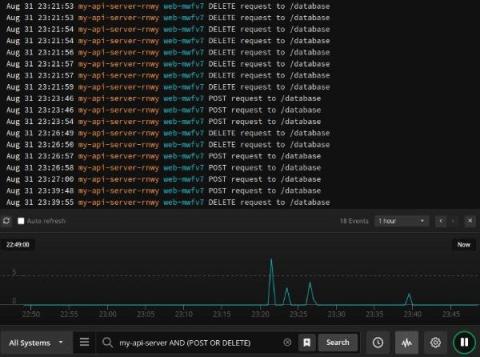Compound Alerts Within Database Observability Drive Actionable Alerting
The latest edition to the SolarWinds® Observability Platform, Database Observability, is live! Previously, you’ve relied on Database Manager to help monitor your database and generate alerts, and while it was ahead of its time for years, the time has come for the next generation of database monitoring. Key features of Database Observability are: The compound alerting feature is what I want to focus on in this post, though. In my opinion, compound altering is a game changer.









